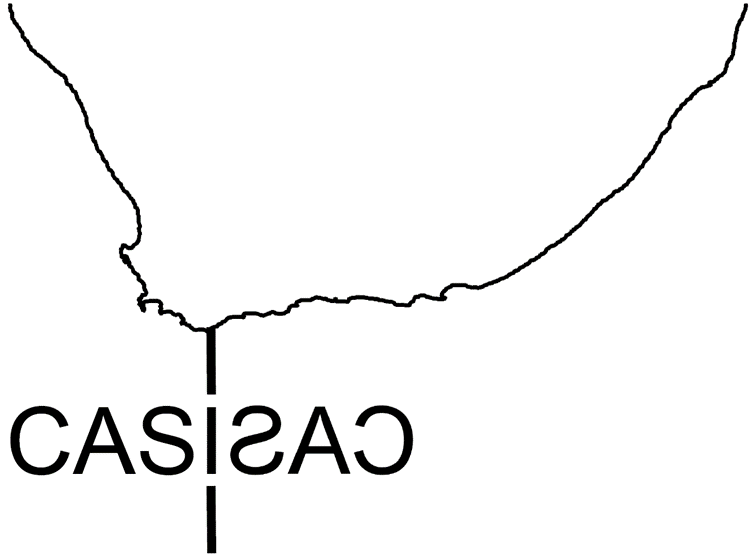CASISAC🔗

In CASISAC, changes in the oceanic conditions and regional sea level around southern Africa are explored through global ocean and coupled climate modelling. The highly variable Agulhas Current System is subject to changes in the hydrography and circulation in response to atmospheric variability and anthropogenic trends. Owing to its embedding into the large-scale circulation, high-resolution ocean models of the Atlantic and Indian oceans with grid resolution of down to 1-5 km, nested into global models at coarser resolution, are used. Global and regional climate models allow to research the climate response to increasing CO2 concentrations and future recovering of the Antarctic ozone hole. A particular emphasis is on the climate extremes, such as rainfall, in southern Africa.
Sea level changes are studied using water level hindcasts from an ocean model and tide gauges. By combining the water levels with significant wave heights, the risks of compound flooding events (tides, surges, and waves) and heavy precipitation are explored. Coastal flood impacts are assessed for South Africa at regional and local spatial scales using high-resolution hydrodynamic models of different complexity in order to accurately analyse the impacts of today’s and future flood events, but also the potential benefits of different adaptation options.
Background
The waters around southern Africa play an important role in the world-wide system of ocean currents. They are shaped by the Agulhas Current, which transports, as one of the largest currents in the world ocean, warm and saline water from the tropical Indian Ocean along the African coast towards the southern tip of Africa. A part of this heat and salt reaches the South Atlantic, and eventually finds its way towards the North Atlantic. There it has the potential to influence the overturning circulation, and in consequence Europe’s climate.
The Agulhas Current has not only a large-scale influence but also determines the climatic conditions around and in southern Africa. Ocean currents dynamically influence the regional sea level which is already subject to a general rise under climate change. Together with floods caused by wind waves, rising sea levels put southern Africa’s coastlines under threat. In addition to this oceanic, there is also an atmospheric risk: The surrounding warm ocean influences rainfall in southern Africa, and may cause more extreme rainfalls and different drought frequency or intensity under a warming climate. Compound events of the oceanic and atmospheric events could cause the southern African coastlines being more vulnerable to coastal hazards in the future.